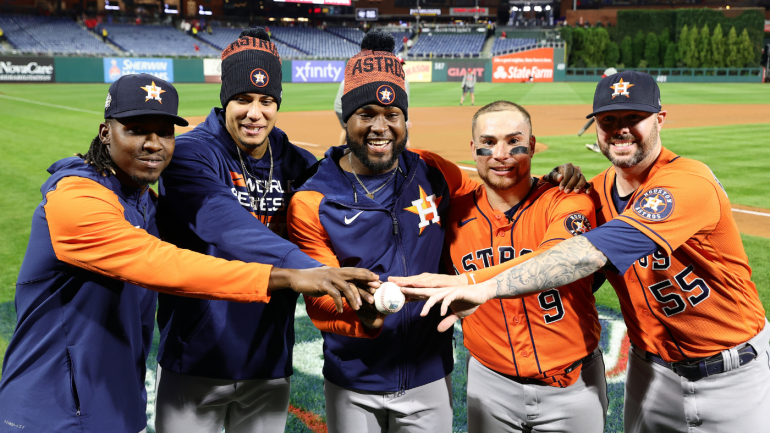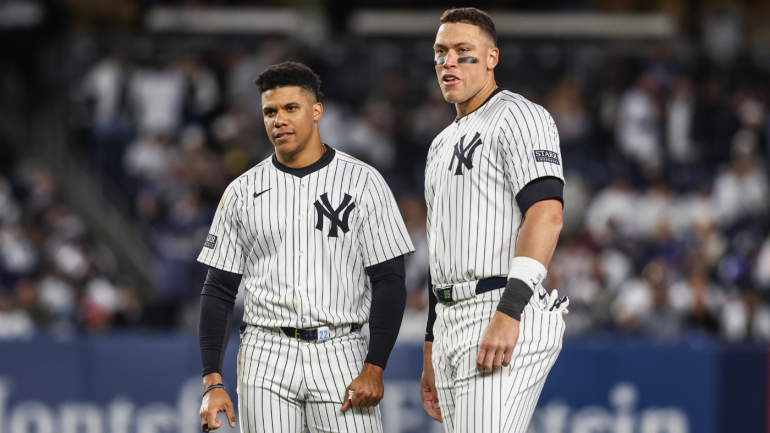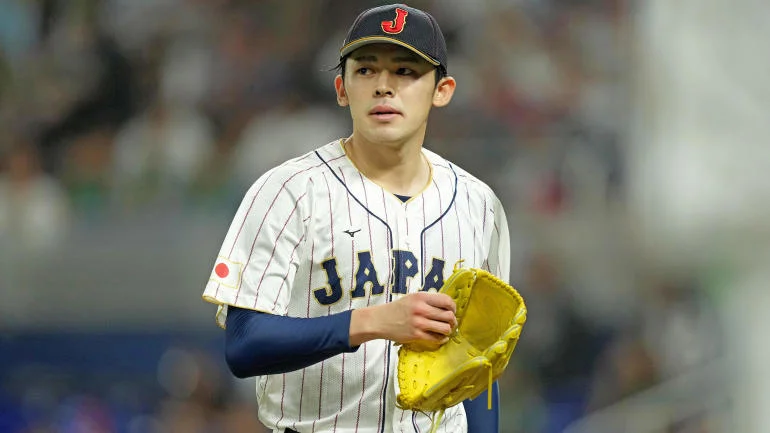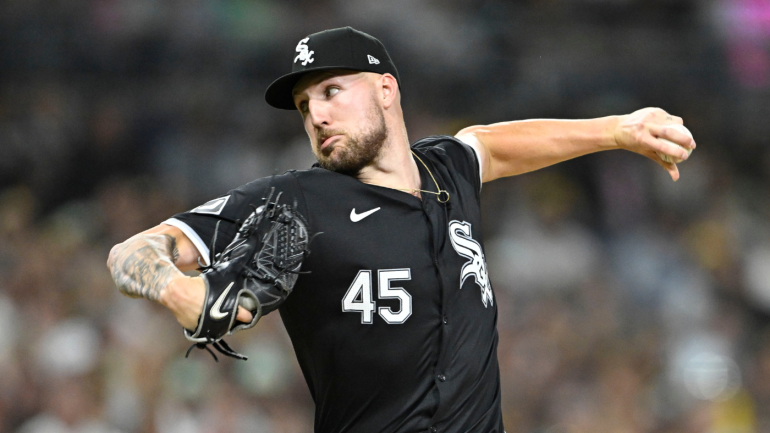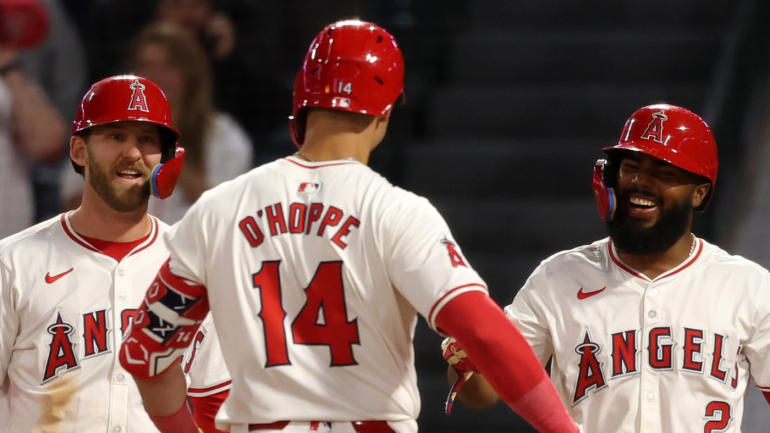Welcome to Snyder’s Soapbox, where every week (or whenever the offseason whims allow), I dive into the pressing, peculiar, or downright debatable issues surrounding Major League Baseball. Some topics might feel urgent, others might seem trivial—but they all come with a side of unfiltered commentary. It’s free to read, and clicking away is always an option. Stick around, though, and you might just leave a little sharper. Let’s get started.
Let’s rewind to Game 5 of this year’s World Series. Amid the chaos and drama, Yankees ace Gerrit Cole had a no-hitter through four innings. For a brief moment, it felt like history might be on the horizon. That moment reminded me of Game 4 of the 2022 World Series, when the Astros pulled off a no-hitter against the Phillies—well, sort of. They needed four pitchers to do it. And while it was technically recorded as a no-hitter, I’m here to say enough is enough: combined no-hitters aren’t real no-hitters, and we need to stop pretending they are.
In today’s game, with its highly specialized relievers and deep bullpens, combined no-hitters are becoming more frequent—and far less impressive. Since 2021, we’ve seen seven of them. None should count.
A no-hitter is meant to be a singular achievement, a testament to one pitcher’s dominance and endurance. The magic lies in navigating a lineup three or more times, maintaining precision as fatigue sets in, and overcoming hitters who adapt with each at-bat. That’s why the feat is celebrated—it’s rare and exceedingly difficult.
The numbers bear this out. In 2024, hitters batted .237 the first time they faced a pitcher. The second time through the order, that rose to .250. By the third time, it climbed to .262. This progression underscores the challenge: as the game wears on, the pitcher tires, and hitters become more familiar with their opponent’s repertoire.
When relievers enter, that challenge disappears. A fresh arm wipes away the batter’s advantage, making it significantly easier to keep hitters off base. It’s like handing off the baton in a 1600-meter relay and expecting the fresh runner to claim the same glory as the one who started. Sure, the combined effort gets the job done, but it’s not the same as one runner completing all four laps solo.
And yet, we’re expected to treat a piecemeal effort as equal to a starter finishing nine hitless innings on their own? Come on.
Major League Baseball already recognizes the difference in certain contexts. Remember 2020, when doubleheaders were shortened to seven innings due to COVID? MLB declared that no-hitters in those games didn’t count. Why? Because seven innings isn’t nine. Simple enough.
So why are we still counting combined no-hitters when the starter might pitch five innings, and a parade of relievers finishes the job? The logic doesn’t hold up.
A no-hitter, in its truest form, is a single pitcher taking on the impossible: nine innings of perfection (or near-perfection) without surrendering a hit. Anything less dilutes the achievement. Let’s stop lumping them together and start calling combined no-hitters what they really are: impressive team efforts, but nothing close to the real deal.




